Filter News
Area of Research
News Type
Media Contacts
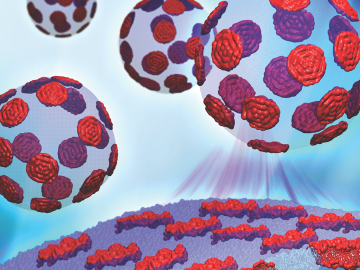
Lipid molecules have split personalities—one part loves water, whereas the other avoids it at all costs. Lipids make up cell membranes, the frontline defense in preventing cellular access to bacterial and viral invaders.
Many researchers believe that the membrane is not just a scaf...
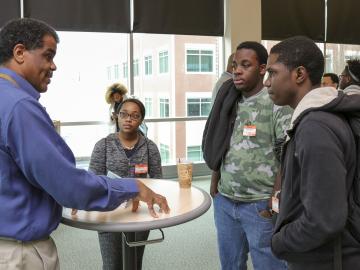
About 30 Austin-East High School students from Knoxville participated in the National “My Brother’s Keeper Day” at Oak Ridge National Laboratory.
The goal of the White House initiative is designed to help boys and young men of color reach their full potential.
...
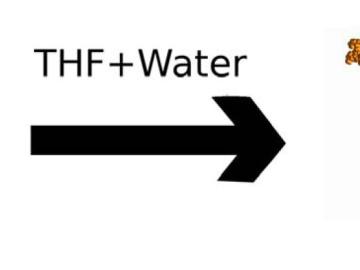
Breaking down cellulosic biomass for biofuel is a costly and complex process, requiring lots of acid, water, and heat. Experimental pretreatments, however, hold the promise of driving down these costs by making more biomass available to enzymes for fermentation. To gain a better...
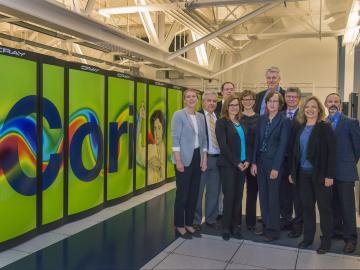
The Department of Energy’s Oak Ridge National Laboratory will support four new industry projects announced today as part of DOE’s High Performance Computing for Manufacturing (HPC4Mfg) Program. The program pairs selected companies with national labs, including ORNL...
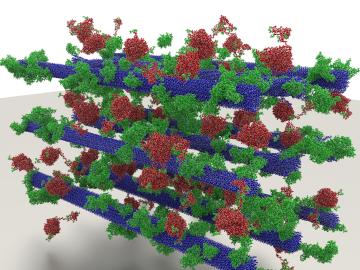
Ask a biofuel researcher to name the single greatest technical barrier to cost-effective ethanol, and you’re likely to receive a one-word response: lignin.
Cellulosic ethanol—fuel derived from woody plants and waste biomass—has the potential to become an affordable, renew...
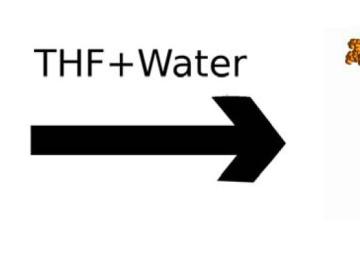
When the Ford Motor Company’s first automobile, the Model T, debuted in 1908, it ran on a corn-derived biofuel called ethanol, a substance Henry Ford dubbed “the fuel of the future.”

Since lasers were first produced in the early 1960s, researchers have worked to apply laser technology from welding metal to surgeries, with laser technology advancing quickly through the last 50 years. Surgery, chemotherapy, and radiation therapy all play important roles...




